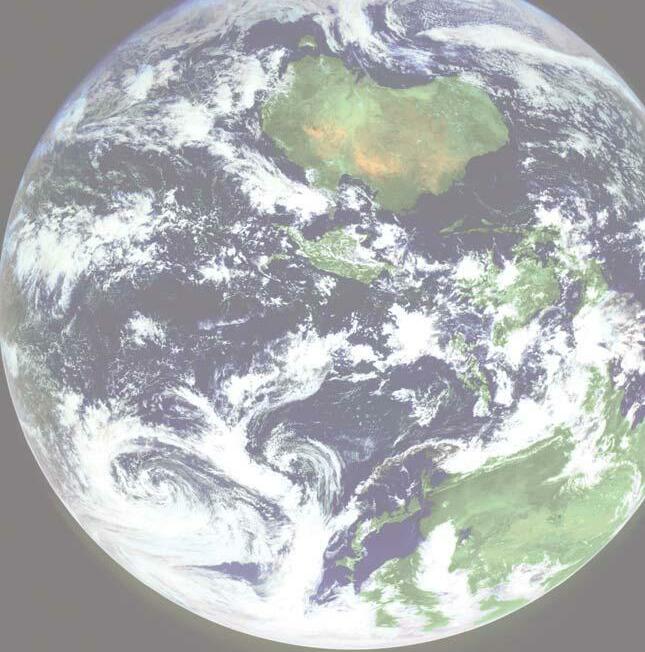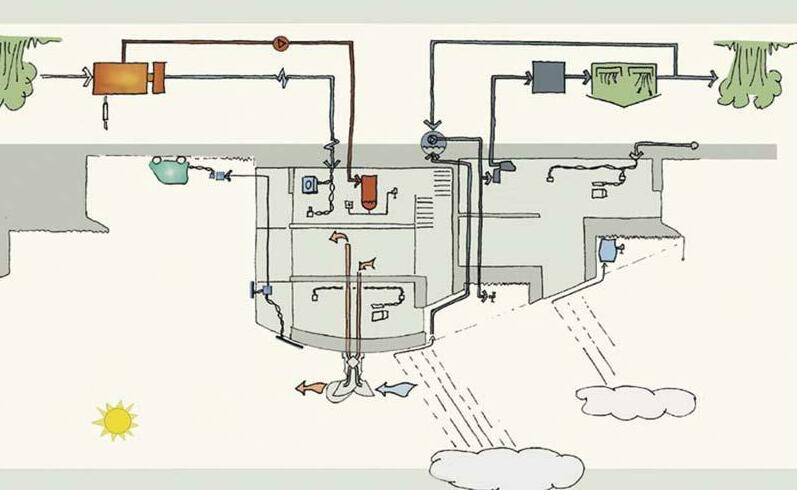R E F E R E N C E S A N D D ATA S O U R C E S Aitken, D W. 2004. Transitioning to a
Dukes, J S. 2003. Burning buried sunshine:
FAO – Food and Agriculture Organization of
FAO/USAID/World Bank – Food and
Renewable Energy Future. White Paper of the
human consumption of ancient solar energy.
the United Nations. 2002. FISHSTAT Plus. FAO
Agriculture Organization of the United
International Solar Energy Society, Freiburg,
Climatic Change 61: 31–34.
Fisheries Department, Rome, Italy.
Nations, United States Agency for
www.fao.org/fi/statist/FISOFT/FISHPLUS.asp
International Development and World Bank.
(accessed August 2004).
1996. Livestock Environment Interactions:
Germany. http://whitepaper.ises.org (accessed August 2004).
EEA – European Environment Agency. 1999. CORINE Land Cover Database. EEA,
Environmental Impact Assessment of Livestock
Boutaud A. 2002. Développement durable :
Copenhagen, Denmark. http://dataservice.
FAO – Food and Agriculture Organization of
Production in Grassland and Mixed Farming
quelques vérités embarrassantes. Economie et
eea.eu.int/ dataservice/metadetails.asp?id=188
the United Nations. 2003. State of the World’s
Systems in Temperate Zones and Grassland and
Humanisme 363: 4–6.
(accessed August 2004).
Forests 2003. FAO, Rome, Italy. www.fao.org/
Mixed Farming Systems in Humid and Subhumid
DOCREP/005/ Y7581E/Y7581E00.HTM
Tropic and Sub-tropic Zones. FAO, Rome, Italy.
British Petroleum. 2004. Statistical Review of
FAO – Food and Agriculture Organization of
World Energy 2004.
the United Nations. 1995. World Livestock
Foley, J. 1994. Net primary productivity in the
www.bp.com/subsection.do?categoryId=
Production Systems: Current Status, Issues and
terrestrial biosphere: the application of a global
10104&contentId= 2015020
Trends. FAO, Rome, Italy.
(accessed August 2004).
(accessed August 2004). FAO – Food and Agriculture Organization of the United Nations. 2004a. AQUASTAT. FAO’s Information System on Water and
FAO – Food and Agriculture Organization of Bruinsma, J (ed) / FAO – Food and
the United Nations. 1997a. State of the World’s
Agriculture Organization of the United
Fisheries and Aquaculture (SOFIA) 1996. FAO
Nations. 2003. World Agriculture: Towards
Fisheries Department, Rome, Italy.
2015/2030: An FAO Perspective. Earthscan, UK.
www.fao.org/docrep/w9900e/w9900e00.htm
www.fao.org/DOCREP/005/Y4252E/
(accessed August 2004).
Y4252E00.HTM (accessed August 2004). FAO – Food and Agriculture Organization of
Agriculture. www.fao.org/ag/agl/aglw/aquastat/ main/ index.stm (accessed August 2004). FAO – Food and Agriculture Organization of the United Nations. 2004b. FAOSTAT (FAO statistical databases). FAO, Rome, Italy. http://apps.fao.org (accessed August 2004).
model. Journal of Geophysical Research 99 (D10): 20773–20783. Goodland, R. 1990. The World Bank’s new environmental policy on dam and reservoir projects. International Environmental Affairs 2 (2): 109–129. Groombridge, B and Jenkins, M D. 2002. World Atlas of Biodiversity. Prepared by the
Casson, A. 2003. Oil Palm, Soy Bean and
the United Nations. 1997b. State of the
Critical Habitat Loss. Review prepared for the
World’s Forests 1997. FAO, Rome, Italy.
WWF Forest Conversion Initiative, WWF,
www.fao.org/forestry/foris/webview/forestry2/ind
Switzerland.
ex.jsp?siteId=3321&sitetreeId=10107&langId=
International Institute for Applied Systems
Hoffert, M I, Caldeira, K, Benford, G, Criswell,
www.wwf.ch/images/progneut/upload/
1&geoId= (accessed August 2004).
Analysis. 2000. Global Agro-Ecological Zones
D R, Green, C, Herzog, H, Jain, A K, Kheshgi,
(GAEZ) CD-ROM. www.fao.org/ag/agl/agll/gaez
H S, Lackner, K S, Lewis, J S, Lightfoot, H D,
/index.htm (accessed August 2004).
Manheimer, W, Mankins, J C, Mauel, M E,
oilpalmsoybeanscriticalhabitatloss25August03. pdf (accessed August 2004).
FAO – Food and Agriculture Organization of
UNEP World Conservation Monitoring Centre. FAO/IIASA – Food and Agriculture
University of California Press, Berkeley, USA.
Organization of the United Nations and
the United Nations. 2000. Global Fibre Supply
Perkins, L J, Schlesinger, M E, Volk, T and
CAST – Council for Agricultural Science and
Model. FAO, Rome, Italy. www.fao.org/
FAO/UNECE – Food and Agriculture
Wigley, T M L. 2002. Advanced technology
Technology. 1999. Animal Agriculture and
forestry/fop/fopw/ GFSM/gfsmint-e.stm
Organization of the United Nations and
paths to global climate stability: energy for a
Global Food Supply. Ames, Iowa, USA.
(accessed August 2004).
United Nations Economic Commission for
greenhouse planet. Science 298: 981-987.
Europe. 2000. Temperate and Boreal Forest
www.cast-science.org/cast/src/cast_top.htm (accessed August 2004).
FAO – Food and Agriculture Organization of
Resource Assessment 2000. UNECE/FAO,
the United Nations. 2001. Forest Resources
Geneva, Switzerland.
Hofstetter, P. 1992. Persönliche Energie und CO2 Bilanz (Personal Energy and CO2 Balance).
Dixon, R K et al. 1994. Carbon pools and flux of
Assessment 2000. Main Report. FAO Forestry
Second draft. Büro für Analyse und Ökologie,
global forest ecosystems. Science 263: 185–190.
Paper 140. FAO, Rome, Italy.
Zurich, Switzerland.
26 ASIA-PACIFIC 2005: THE ECOLOGICAL FOOTPRINT



